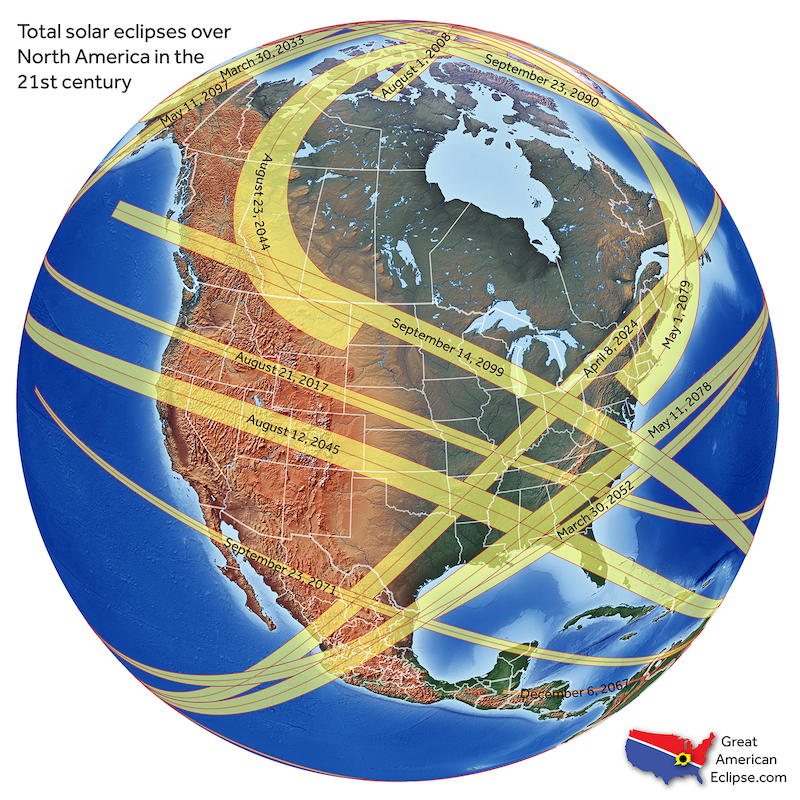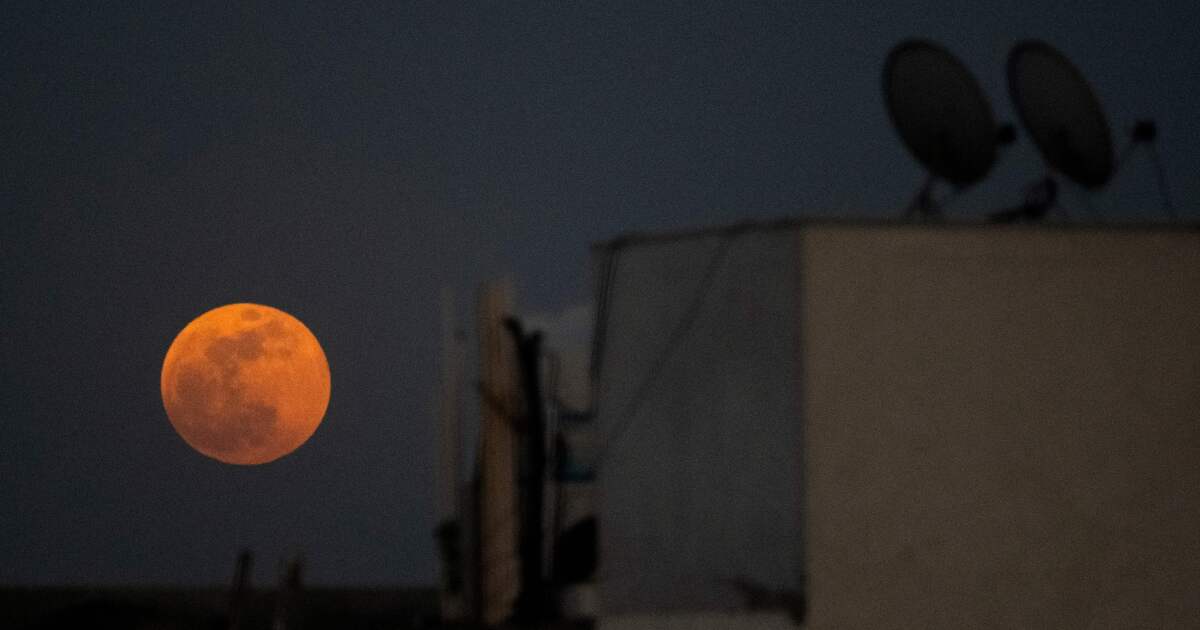

The Sun will appear to have a dark shadow on only part of its surface. This happens when the Sun, Moon, and Earth are not exactly lined up. 'In some places, while viewers won’t get to see the total solar eclipse, they'll instead experience a partial solar eclipse,' they said in a blog post. While the weekend's total solar eclipse will likely go almost entirely unappreciated, many locations in the southern hemisphere will still get a treat, NASA explained. The next annular eclipse is expected to cross North American on October 14, 2023. The corona is normally obscured by the bright face of the Sun.Ī similar phenomenon, an annual solar eclipse, occurs when the moon appears slightly smaller than the sun, failing to completely block it out and leaving a so called 'annular ring' around it at the moment of greatest eclipse.

Viewers see the sky become very dark, just as if it were dawn or dusk, while it may also be possible to glimpse the sun's corona, or outer atmosphere, around the moon. There are various types, depending on how much of the Sun appears to be obscured to a viewer in a given location.įor a total solar eclipse - when the sun is temporarily fully obscured by the moon for those in the very centre of the lunar shadow - all three of the celestial bodies must be in a direct line. Solar eclipses occur when the moon passes between the Earth and the sun, casting a shadow on the Earth.


 0 kommentar(er)
0 kommentar(er)
